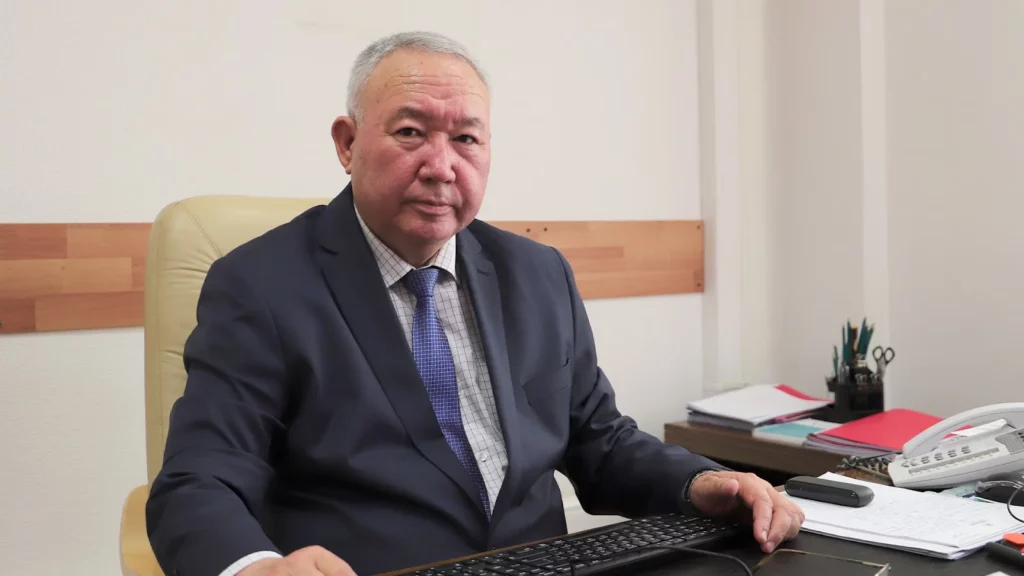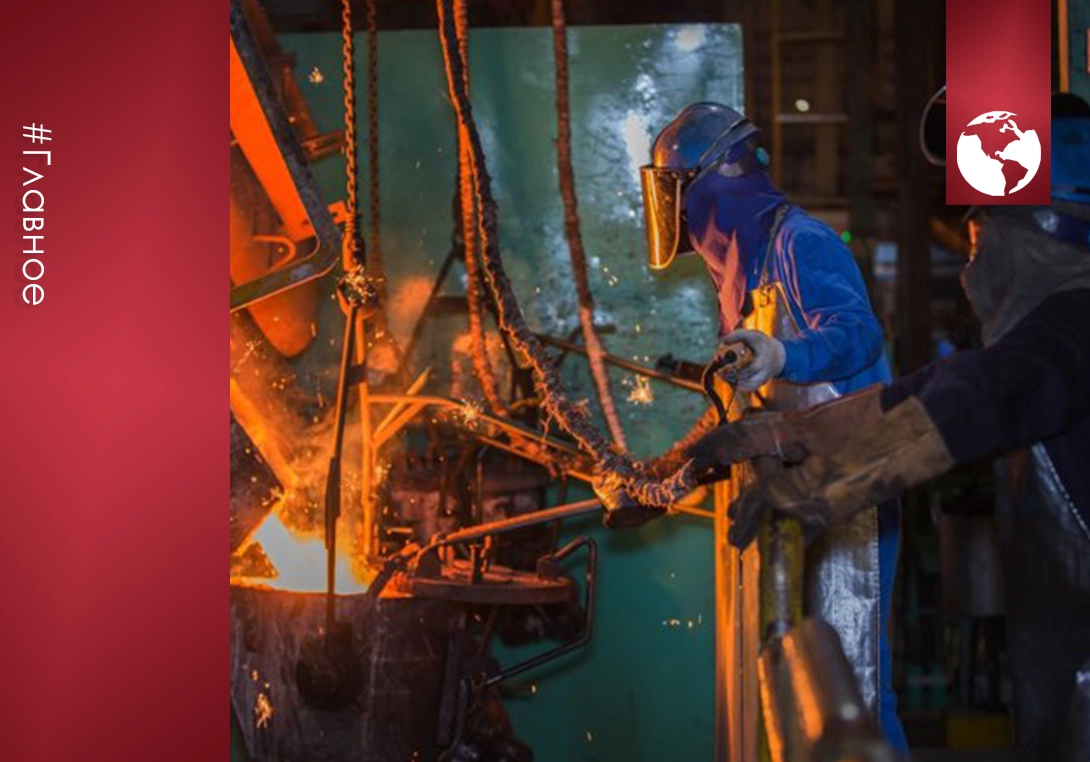Tolegen Ospankulov, the Chairman of the Committee for Labor and Social Protection at the Ministry of Labor, shared insights into how the state is safeguarding workers. However, it appears that officials may have overlooked a critical aspect of Kazakhstan’s unpredictable labor market: those who assert their rights often find themselves quickly out of a job.
«Ensuring safe working conditions and reducing occupational injuries is one of our ministry’s key tasks. As a result of the measures taken from 2018 to 2022, over the last five years, the number of industrial injuries has decreased by 6.5%, and fatalities by 8.4%. Nonetheless, as of November 1, there were 1,119 workplace injuries, consistent with the same period in 2022. Tragically, the number of deaths increased by 12% to 175,» Ospankulov noted.
Theory and Practice in Action
Ospankulov further stated that of the 1.6 million workers surveyed in 2022, 491,000, or 31%, are employed in hazardous conditions. Over 20% of the violations detected by state control relate to safety and labor protection issues.
«To further ensure healthy and safe working conditions, a comprehensive set of measures is being implemented. Since 2019, we have actively promoted the Vision Zero concept for zero injuries, which 481 enterprises have joined. Currently, there are 18,000 production councils operating in these enterprises, where internal control is exercised by over 24,000 labor inspectors. In 2022, they identified over 139,000 safety and labor protection violations,» the committee head reported.

We calculated that in such a scenario, each of the 24 inspectors would be responsible for 750 production councils. In 2022, each of these inspectors identified an average of 5,792 violations, equating to 15.8 violations per day (assuming they worked without days off) or two violations every hour of an eight-hour workday. Remember, we are discussing the supervision of safety in production, which presumably includes on-site visits, inspections, studying documentation, and examining workplaces. The Ministry of Labor indeed seems to have some extraordinarily capable individuals on their team!
But this is just a prelude to the main issue.
A journalist from our portal asked Tolegen Ospankulov about the results of an investigation into an incident that went unnoticed by the public. In September 2023, at the «Zhambyl NEDR» cement plant in Zhambyl region, an explosion in a kiln resulted in the deaths of two people. Before the tragedy, employees of this facility had complained to the state about dangerous working conditions. This raises a pertinent question: who overlooked the safety measures at this facility, where two lives were tragically lost? And what does it say about the preventive control exercised by the regional labor inspection, which only reacted after it was already too late?
Blamed for Their Own Deaths
Here is the official information received about the incident at «Zhambyl NEDR»:
«On September 21, 2023, at 21:09, at the territory of the cement plant LLC ‘Zhambyl NEDR’, during the start-up of the shaft kiln, a spark discharge occurred. At the moment of the discharge, the kiln assistant operator, Barhol N.R., and the granulator operator, Zholdybaev E.N., who were near the kiln on the fourth level, suffered burns (these individuals later died from 90% body burns, — Ed.).
In response to this incident, the Labor Inspection Department of Zhambyl Region formed a commission for a special investigation of the accident. The commission included a state labor inspector, the chief specialist of the Department of Industrial Safety of Zhambyl Region, a representative of the workers of LLC ‘Zhambyl NEDR’, and a representative of the employer.
During the special investigation, it was determined that this accident occurred during working hours while the victims were performing their job duties, in the interests of the employer.»
The commission identified the following causes for the accident:
- The gross negligence of the victims, demonstrated by their removal of required protective clothing and descending from their work position at 25.000 meters to 16.000 meters, where the furnace was located.
- Unsatisfactory organization of work, reflected in the weakening of internal safety and labor protection control by responsible persons, failure to ensure safe and healthy working conditions, and lack of enforcement of labor protection and safety regulations by workers.
Based on these causes, the degree of fault was established as follows: for the kiln assistant operator Barhol N.R., 60% employer’s fault and 40% worker’s fault. For the granulator operator Zholdybaev E.N., 60% worker’s fault and 40% employer’s fault.
For procedural decisions (criminal responsibility), the materials from the special investigation of the accident were sent to law enforcement agencies. The final decision by these agencies is pending.
There’s an important detail. The spouse of one of the plant’s employees, who also suffered burns during the kiln explosion, wrote about the progress of this «investigation» on social networks. He pointed out that the cement plant systematically failed to provide adequate work-condition protective clothing and that workers had previously complained about safety violations by the employer.
There’s even a response from the labor inspection. The details can be read here. But in the end, the deceased were blamed. Such is the way in Kazakhstan.
Unsafe? Don’t Work
Regarding the preventive measures undertaken by the state at enterprises, Tolegen Ospankulov said:
«State control is carried out in accordance with the Business Code, under which we conduct preventive control based on a plan compiled for half a year. Therefore, as part of these preventive measures, labor inspectors not only in Zhambyl region but in all regions conduct such work. For the future, we are developing a Labor Safety Concept until 2030, and the Action Plan for Labor Protection Safety until 2025 is currently being implemented. According to this, I can say that control is conducted at every enterprise. If workers disagree with their working conditions, especially since the Labor Code contains a provision that if a workplace does not meet the requirements of labor legislation, workers have the right not to start work, and the employer has no right to dismiss them. So, regarding labor legislation, all norms are spelled out. And if workers use their rights, we can protect them”.
We deeply respect the ministry’s senior staff, who care about every worker in Kazakhstan. But unfortunately, their theory does not work in practice. We can’t even imagine, in some fantasy movie, workers at a cement plant in Zhambyl region of Kazakhstan coming to work day after day and not going to machines and kilns until the management provides them with proper gloves and explains why they constantly violate Labor Code norms. And all this happening in the presence of union representatives.
The essence of the labor inspectors’ preventive work should be to unexpectedly visit factories and plants for inspections — to see the real picture of working days and take measures. But, as it turns out, in Kazakhstan, the Business Code takes precedence over life, health, and the interests of the working person.









